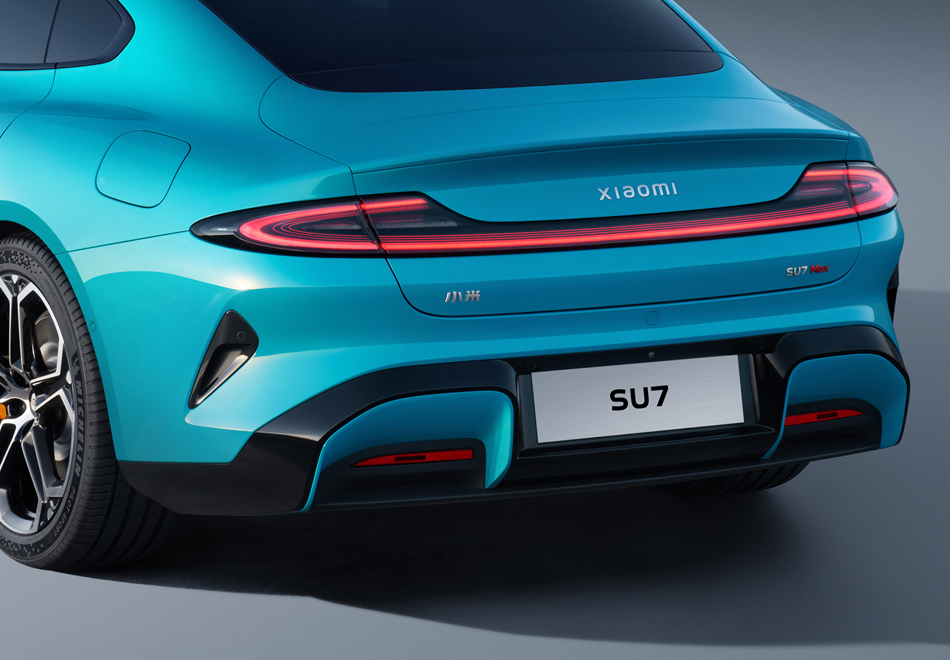The answer is yes! Home solar panels can efficiently charge electric vehicles using energy generated from sunlight. Charging your electric vehicle with solar power at home can save a significant amount of money and has lasting benefits. In this solar-powered electric vehicle charging guide, we will explore how to charge your electric vehicle using solar panels and the considerations to keep in mind.
What is solar energy electric vehicle charging? Solar powered electric vehicle charging involves using solar energy to charge electric vehicles. Solar panels collect sunlight and convert it into electricity, enabling you to power your vehicle without relying on grid electricity. By using solar-powered EV charging, you can save costs and contribute to a greener future. Switching to solar energy instead of conventional electricity reduces harmful emissions and helps conserve energy. It’s a wise choice for individuals and businesses aiming to reduce their carbon footprint and lower energy costs.
Are solar panels worth it?
In addition to installing an electric vehicle charging station at home, you need to determine how to power the charger. Grid – supplied electricity is an option, but it’s usually expensive and not environmentally friendly. Solar power is the most eco – friendly and economical way to charge an electric vehicle. Solar panel owners can use solar energy during peak hours of electricity usage when grid prices are highest, and then switch to grid power at night when prices drop.
For instance, you can opt to charge your electric vehicle with grid power at night and use solar panels to power energy – intensive household appliances during the day when electricity prices peak. Installing a solar – powered EV charging system at home can significantly decrease your reliance on grid electricity, and lower your electric bills and carbon footprint.
how many solar panels to charge an ev?
The number of solar panels required for charging an electric vehicle depends on the solar panels’ rated power, environmental factors (such as peak sunlight hours), an electric vehicle’s power consumption requirements, and the portable power station and electric vehicle battery’s storage capacities.Here is an example.
The Tesla Model 3 Standard Range has a combined electricity consumption of 26 kWh per 160 kilometers. It consumes 26 kWh for every 160 kilometers driven, which equals 0.26 kWh per kilometer. Assuming you drive 40 kilometers daily, you’ll need 6.5 kWh of electricity for charging each day (40 kilometers × 0.25 kWh = 6.5 kWh).
If your solar array comprises 400W rigid solar panels, and assuming you have at least 2.5 peak sun hours daily, each panel can generate 1 kWh per day. To produce 6.5 kWh, you’ll need around seven 400W solar panels (6.5kWh / 1kWh per panel = 6.5 panels).
How does solar powered electric vehicle charging work?
Solar panels capture sunlight and convert it into electricity using photovoltaic (PV) cells, which is then converted into usable AC power by a solar inverter.
Your EV charger serves as the physical link to your car’s battery, supplying it with the electrical energy needed for charging.
Energy Management System: This system is central to solar-powered EV charging. It continuously monitors solar output, detects when solar energy is available, and directs it to the EV charger.
Installation and Integration
Installing and integrating home solar panels with an EV charging station involves many detailed steps and considerations. This ensures the solar system meets home energy needs and efficiently charges the EV.
Installing Home Solar Panels to Charge an Electric Vehicle Installing home solar panels to charge an electric vehicle requires careful planning and implementation. Key considerations include:
Energy requirement assessment : Determine the daily and monthly energy consumption of your home and electric vehicle. For example, an average home may consume 30 kWh of electricity daily, while an electric vehicle requires approximately 10 – 60 kWh per charge, depending on the model.
System size : Choosing the appropriate size for the solar panel system is crucial. A system of around 10 kW is typically sufficient to meet both household electricity and electric vehicle charging needs.
Component selection : This includes solar panels, inverters, and batteries (if required). It is recommended to use high – efficiency solar panels to maximize energy output within limited roof space.
Orientation and placement : Position the solar panels where they will receive the maximum sunlight, usually facing south, to absorb sunlight at the optimal angle.
Integration With EV Chargers Connecting a solar panel system to an EV charger involves several technical steps:
EV charger type : Choose a Level 1 (standard 120 V outlet) or Level 2 (240 V outlet) charger. Level 2 is better for faster charging.
Energy management system : Implement a system that efficiently manages solar energy and directs it to the EV charger. This ensures the vehicle charges when solar power is available, reducing grid reliance.
Smart chargers : Use smart EV chargers programmable to charge the car at optimal times, like when solar generation is high.
Backup solutions : Integrate grid power or battery storage for times when solar power is insufficient to ensure the EV remains charged.
Charging your electric vehicle with solar panels is a sustainable and cost effective solution. Just understand your energy needs, the future – proofing of your solar setup, and its long term benefits.

